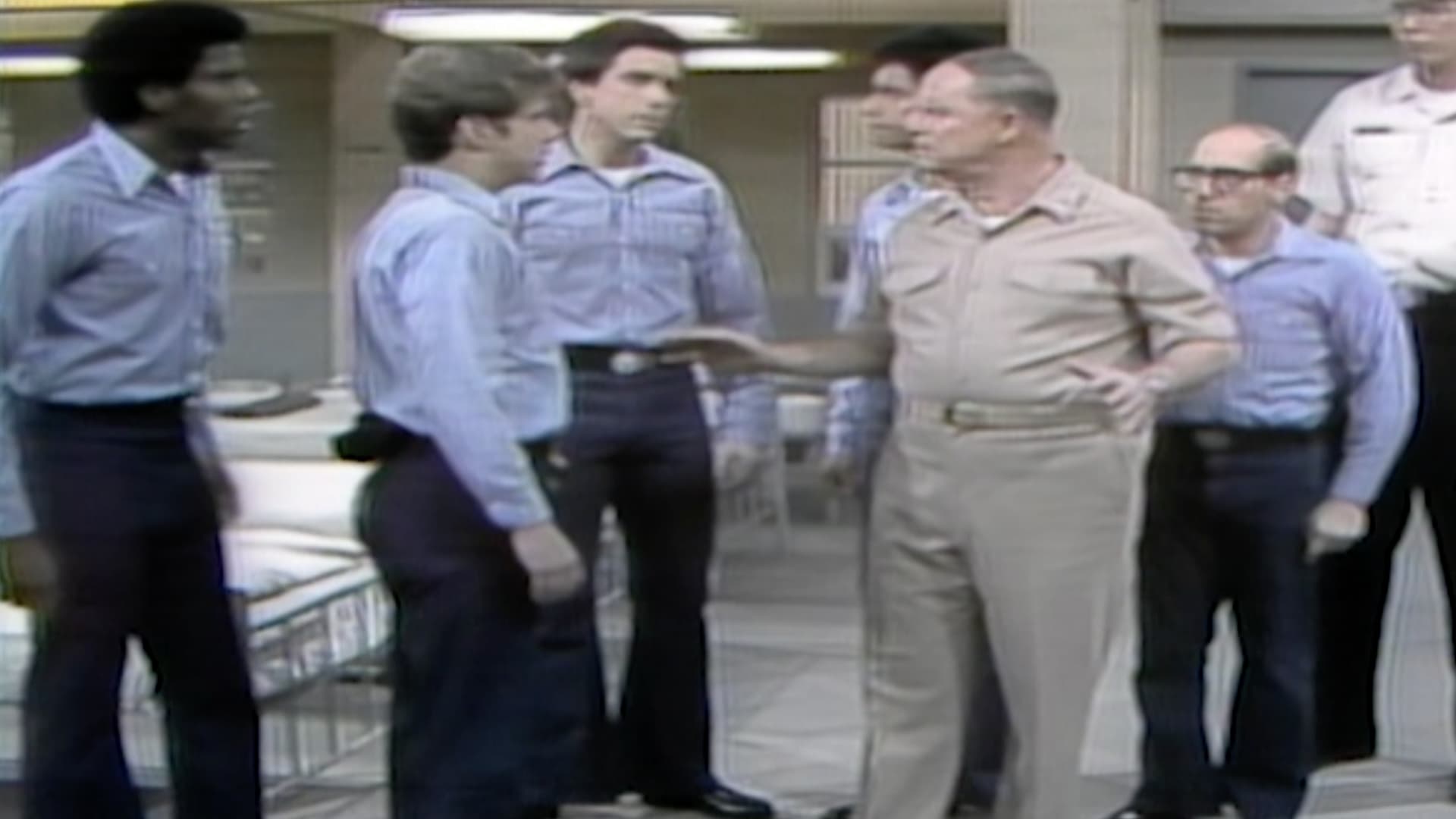I mean I think the reality is in the 1990s and in the 2020s most groups of white folk primarily have a very high percentage of their friends as other white folk. A multi-ethnic metropolitan city will, on average, be more likely to have racially mixed friend groups, but I would not be surprised to find out that even in this modern era most groups of white people probably predominantly have white friends. I think we don’t self-segregate as much as we once did, but I think there are still a lot of cultural reasons that it happens.
Neither series was amazingly realistic.
Friends had an extremely unrealistic setting in that a good portion of the characters were basically unemployed for most of the series but seemed to live in apartments that would have been wildly expensive in Manhattan, even in the 1990s.
Seinfeld was a little more realistic in that regard–Jerry is portrayed as a successful comedian (he has in-character appearances on the Tonight Show), and he has a relatively small 1 bedroom apartment. George has to live with his parents for long stretches of the show due to poor employment scenarios, Kramer inexplicably lives without working but it’s a tongue-in-cheek thing and is made fun of a lot, and while not frequently mentioned–Elaine has in common with the real life Julia Louis-Dreyfus that she has a very rich father and I assume that explains at least some of her lifestyle (JLD’s father in real life was a billionaire.)
In the 90s and maybe even still today–I don’t watch nearly as much modern network sitcoms, there was a practice of literally creating “for black folk” sitcoms, that would have all or almost all black casts, and be intended for black audiences. (There were also some shows like the Cosby show that had mostly black casts but were intended for white audiences.) Most sitcoms of the 90s seemed pretty racially segregated. In fact most of the major ones were: Cheers, Frasier, Friends, Home Improvement, Fresh Prince of Bel-Air, Full House, Everybody Loves Raymond, Family Matters, Roseanne–list goes on and on, virtually all of these shows had almost all white or all black main casts.
Edit: I don’t have nearly the comprehensive “recall” of Friends, because I haven’t rewatched it repeatedly like I have Seinfeld, but at least to my memory Seinfeld was the more “racially aware” of the two shows. Friends I struggle to remember many episodes where race is even addressed or a topic. Seinfeld has many episodes where race is a topic–usually in the vein of poking “light” fun at the fact that while all four of the main, white characters, are of the cultural background where they want to be seen as racially progressive, accepting of minorities etc…all have a lot of implicit bias. Being familiar with Larry David and Seinfeld’s work, I don’t think they were making any bold racial statement other than they found it funny how most educated urban white folk (at least in the 90s, probably still today), are not nearly as non-racist as they want to believe.
